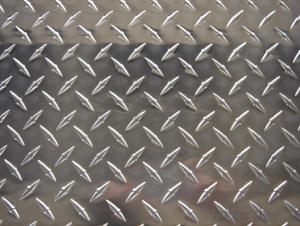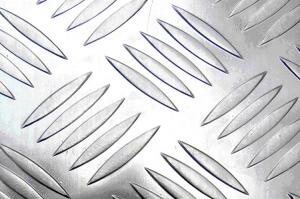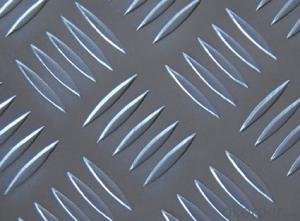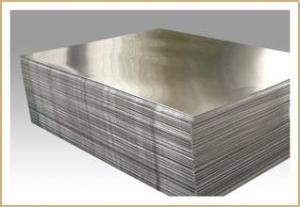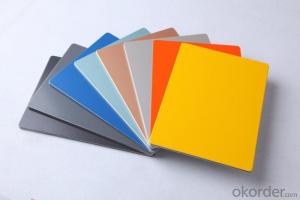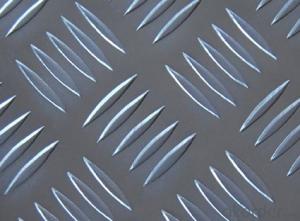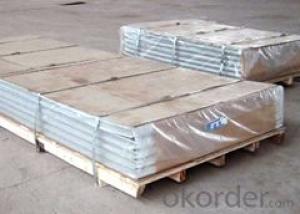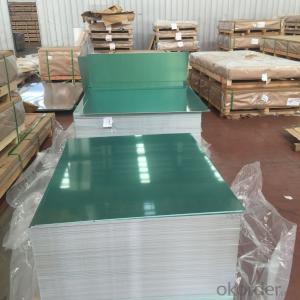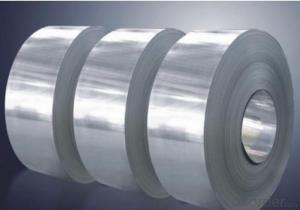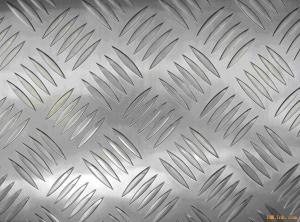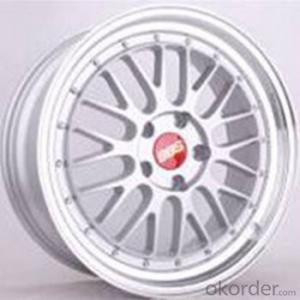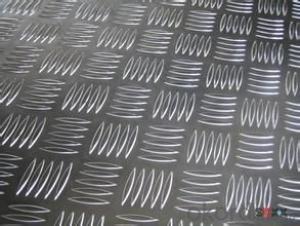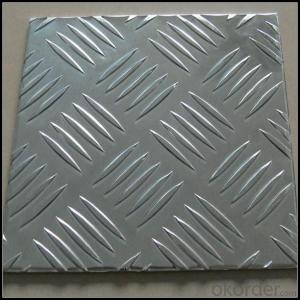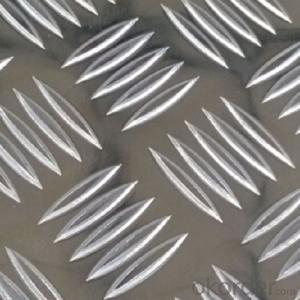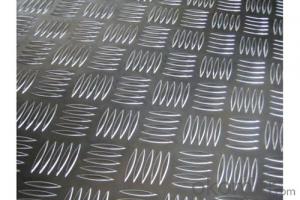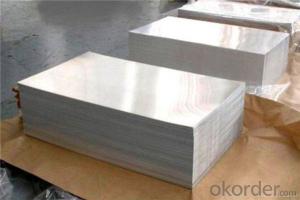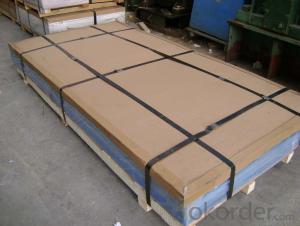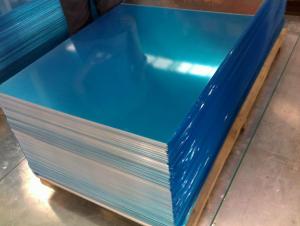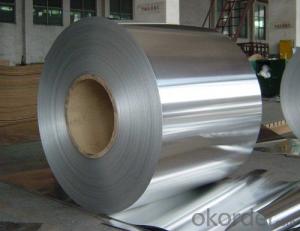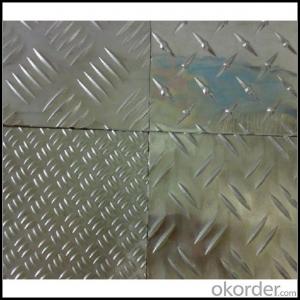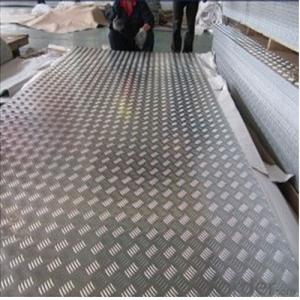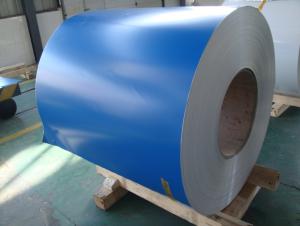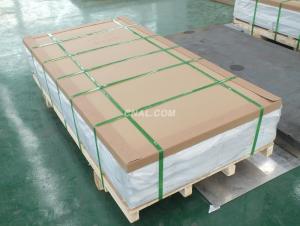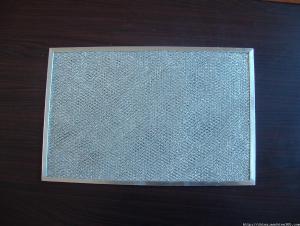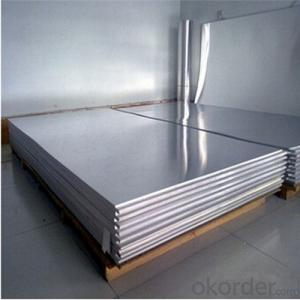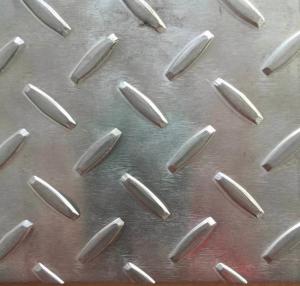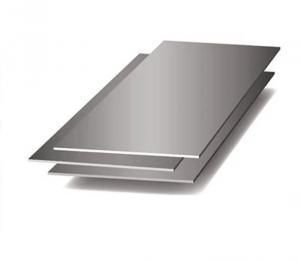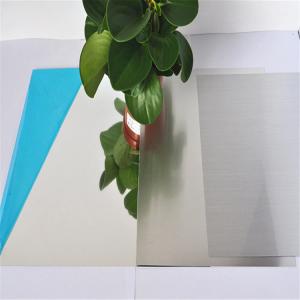5/16 Aluminum Plate
5/16 Aluminum Plate Related Searches
5 16 Aluminum Plate 5/8 Aluminum Plate 1/16 Aluminum Plate 3/16 Aluminum Plate 7/16 Aluminum Plate 5mm Aluminum Plate 3/16 Thick Aluminum Plate Aluminum 3/16 Plate 1/2 Inch Aluminum Plate Aluminum Plate 5mm 3/16 Inch Aluminum Plate 1/2 Aluminum Plate 1/2 Thick Aluminum Plate Aluminum Plate 3/16 Thick 5 Aluminum Plate 1/2 Inch Thick Aluminum Plate 5mm Thick Aluminum Plate Aluminum 1/2 Plate Aluminum Plate 1/2 Thick 1 16 Aluminum Plate 1/16 Diamond Plate Aluminum 5 Bar Aluminum Plate 5 8 Aluminum Plate Aluminum Plate 1/2 Inch Thick 3/16 Diamond Plate Aluminum Bending 3/16 Aluminum Plate Aluminum 5th Wheel Plate 3/16 Aluminum Diamond Plate 1/4 Aluminum Plate 1/2 In Aluminum Plate5/16 Aluminum Plate Supplier & Manufacturer from China
5/16 Aluminum Plate is a versatile product made from high-quality aluminum material, known for its durability, strength, and lightweight properties. This type of aluminum plate is widely used across various industries, including construction, automotive, aerospace, and manufacturing, where its corrosion resistance and ease of fabrication make it an ideal choice for numerous applications. From structural components to decorative elements, 5/16 Aluminum Plate offers a reliable solution for projects requiring a strong yet lightweight material.In terms of usage scenarios, 5/16 Aluminum Plate is particularly favored for its ability to withstand harsh weather conditions and maintain its integrity over time. It is commonly used in outdoor applications such as building facades, roofing systems, and signage, where its resistance to rust and UV degradation is highly beneficial. Additionally, its non-magnetic properties make it suitable for electrical and electronic applications, while its thermal conductivity and reflectivity are advantageous in heat exchangers and solar panels.
Okorder.com is a reputable wholesale supplier of 5/16 Aluminum Plate, boasting a large inventory that caters to the diverse needs of customers. With a commitment to quality and customer satisfaction, Okorder.com ensures that the 5/16 Aluminum Plate they provide meets the highest industry standards. Their extensive stock allows for quick turnaround times and the ability to fulfill large orders, making them a preferred choice for businesses looking to source this product in bulk.
Hot Products




